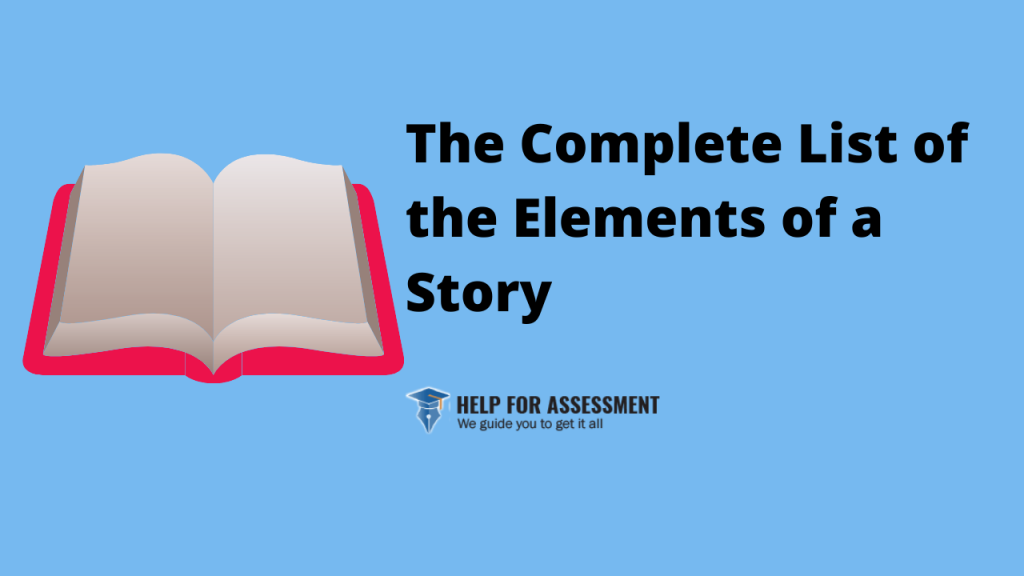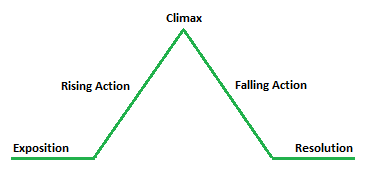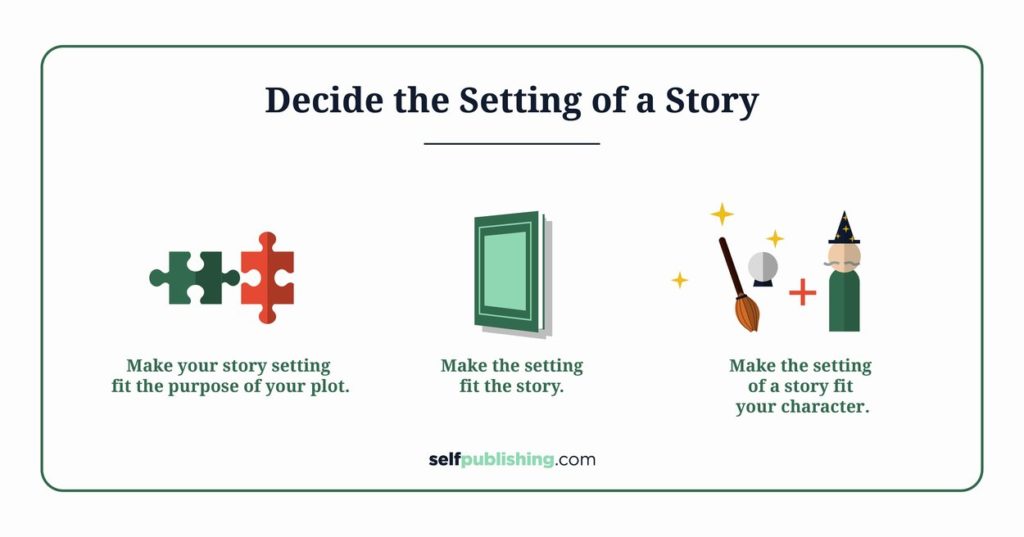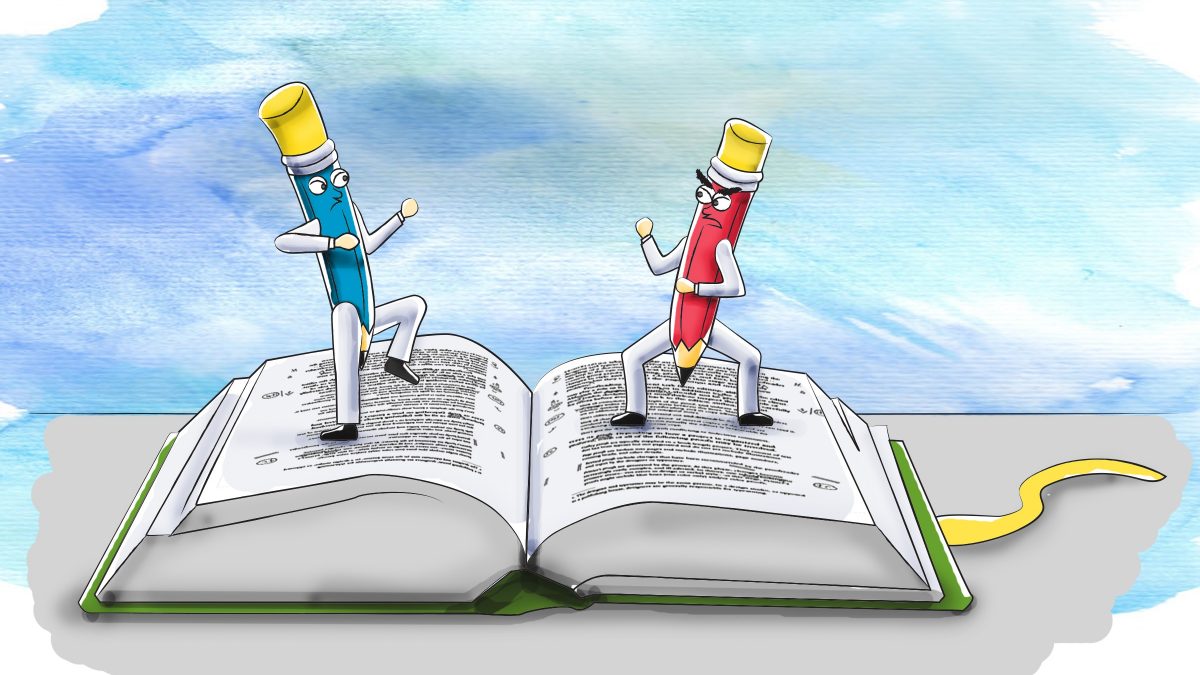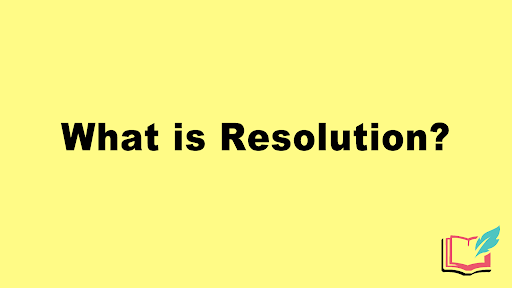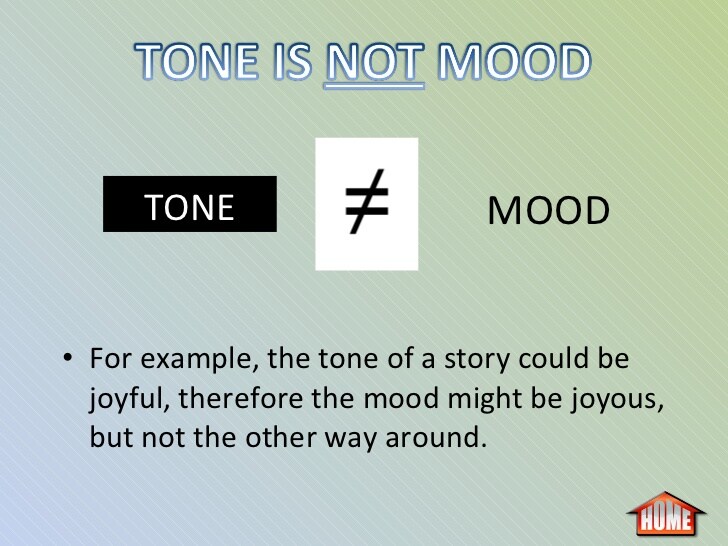Do you have an assignment that requires you to review a story but you have no idea where to start? Or maybe you are learning about writing stories and you need a guide to get you started?
You are not alone.
Every day, high school, college, and university students search online for how to review short stories and how to get started in storytelling.
While improving your creative writing will go a long way to make your storytelling and reviews stand out, it’s not the most significant part of the assignment.
To write a great storyline and reviews that attract readers’ attention, it’s important to learn the elements of a story and consider them in your writing.
The Basic Yet Very Important Elements of a Story
Characters
In a story, a character can be an individual, a group of people, an animal, or a combination of living and non-living things. In your assignment, you will have to introduce each character in the story and specify their personality traits and physical attributes.
Every story has main and supporting characters. The main characters determine who you will develop the plot of your story. While supporting characters are not the focus of the story, they are quite significant because they supply additional actions and explanation that helps to build your narrative.
As you narrate your story or review an already written narrative, make sure that all the characters stay true to the description that you have provided. Doing so will make it easy for the reader to not only understand the role of the characters but also get a clear picture of the storyline.
Plot
A plot is the story you want people to read. It has three parts: the beginning, the middle, and the end. There’s an exposition (descriptions and suspense) in every part of the plot.
These elements are important because they allow readers to not only make sense of the actions in the story but also find it easy to follow the storyline from the beginning to the end.
There are five elements that make up the structure of a standard plot. These are:
- Exposition: It introduces the characters and settings of the story
- Rising action: It’s in the rising action where main and supporting characters encounter a challenge or face a crisis
- Climax: A climax refers to turning point in a narrative. It’s often the most exciting part of the story.
- Falling action: In the plot of a story, a falling action refers to an event or a series of events that follow based on the results of the climax.
- Resolution: Also referred to as denouement, a resolution comes at the very end of the plot. It comes after the author has resolved a conflict in their narrative.
Setting
Setting in a narrative refers to the location where actions take place. An author may decide to focus on one or multiple locations depending on the context of the story.
It’s easy to visualize the location of a story when watching a movie or a Television show. However, it’s not so in a story. From a writer’s point of view, you should describe the setting of your narrative in a way that makes it possible for a reader to picture the scene without being there physically.
It’s possible to make up settings as common in fantasy world although that as good as everyday settings. As such, it’s best to pick and describe an everyday setting for the story. Doing so not only makes it easy for your audience to visualize the story but also feel a great connection to the plot.
Conflict
Every story you’ve ever read, reviewed, or written has a conflict; otherwise the narrative would have been valueless.
Try this:
Pick any book at random from a collection of your favorite reads. Turn to the back and read the short description.
What comes to your mind thereafter? If anything, you develop an interest in the narrative and experience an urge to read the book even further. You want to know what exactly unfolded and why.
What you’re looking at is a conflict on which the author builds the plot. Conflicts make stories interesting because they leave readers with anticipation or suspense.
Resolution
Resolution is an important element of a story because it shows exactly how an author solved a conflict.
As you work on the resolution to your story, you need to make sure that the solution you provide not only solves the problem at hand but also fit the whole story.
Theme
A theme in a story refers to the primary argument that a writer is trying to make the target audience understand. It’s the “why” of the story and it can be based on an idea, morals, insight, belief, or insight.
Point of View
Point of view is an element of a narrative that focuses on who is telling the story. It’s important to understand that the second person point of view isn’t appropriate for telling stories, which is why authors tend to use it a lot less.
You can tell your story in first or third person. You can focus on a limited (one) character perspective, multiple character perspective, or the all-knowing narrator. The point of view you choose depends on the kind of story you’d like to tell your audience.
Tone
Tone conveys the meaning of the story. The tone of the story can be happy, funny, sad, depressing, or moody just to mention but a few examples.
You can portray the tone of the story in a number of ways. You can base it on the choice of the theme, sound from a combination of words, description and imagery, and choice of words.
Style
In a story, style focuses on how a writer communicates their message. When talking about the style of writing, authors consider sentence structure, simile, hyperbole, word choices, and dialogues.
It’s important to note that the style of writing will contribute significantly to the tone used tone used to write the story.

